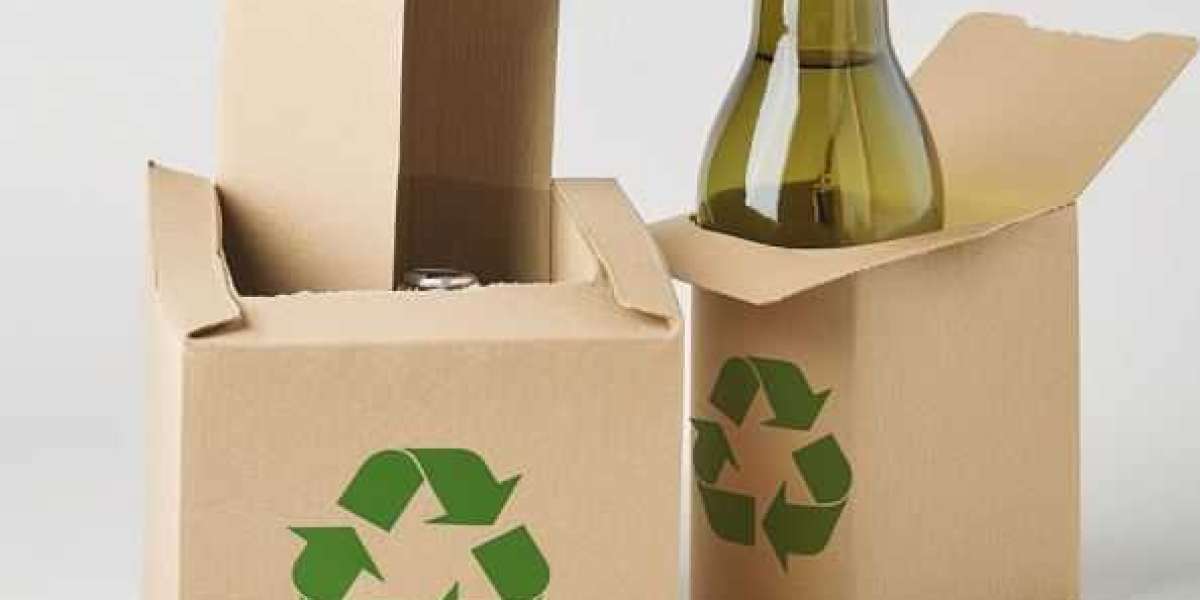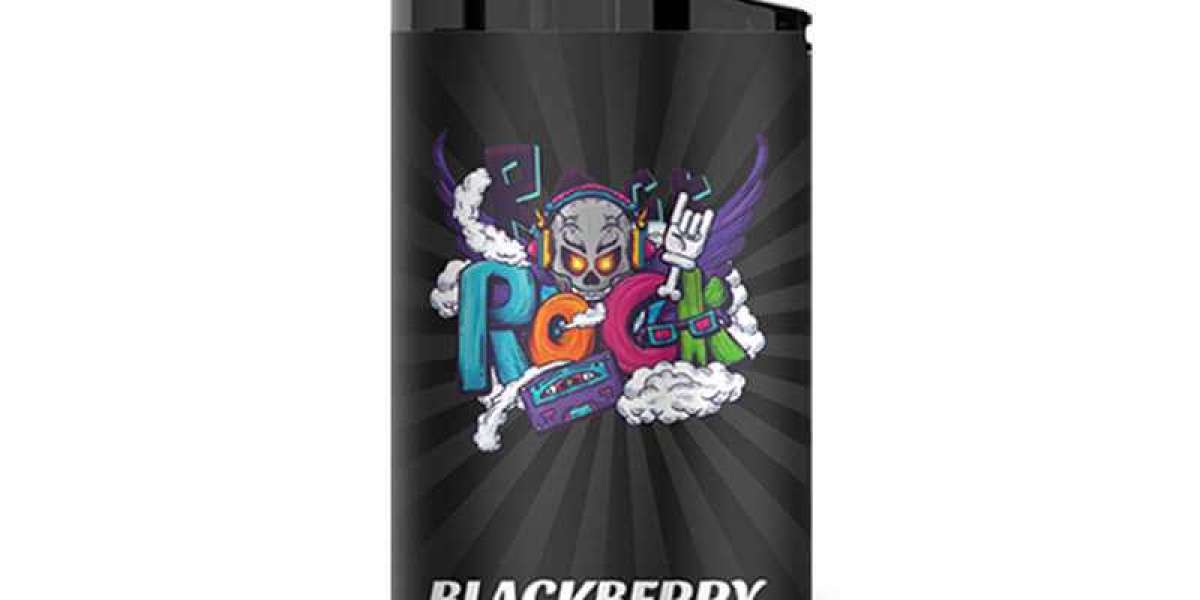As concerns about the environmental impact of packaging waste grow, more companies are seeking ways to make their packaging more sustainable. Here are some effective steps you can take to make your packaging eco-friendly through smart design and material choices.
Conduct an Eco Friendly Packaging Design Audit
Start by auditing your existing packaging to identify areas for improvement. Weigh and measure packaging components. Analyze packaging to transport ratios. Determine key impacts like material use, end-of-life options, and production processes. This informs priorities for an eco friendly packaging design.
Lightweight Your Design
Lightweighting is one of the most impactful ways to reduce packaging footprint. Remove excess material through minimal design while maintaining strength and protection. Use thinnest materials possible like lighter weight papers and recycled plastics. Downgauge plastic film thickness.
Choose Sustainable Materials
Prioritize recycled, renewable, and biodegradable materials. Sources like recycled paper/cardboard, agricultural waste fibers, mushrooms, shells, and seaweed offer eco-friendly options. Use plastic only if essential and opt for recycled content whenever possible.
Design for Recyclability
Ensure materials can be recycled by facility infrastructure. Use only one type of plastic if possible. Avoid multiple locked materials. Add recycling info clear of product but visible. Minimize inks/labels that interfere with sorting. Conduct test runs with recyclers.
Allow for Reusability
Reusable packaging has high sustainability. Design durable, returnable transport packaging for business customers. Offer consumer refill options in sturdy, returnable containers through partners like Loop and Terracycle.
Choose Biodegradable Packaging Design Options
For single-use items, biodegradable packaging design made from plants breaks down in compost. Popular selections include barriers and bags from crops like paper, sugarcane, and bamboo. Only choose products certified compostable to recognized standards.
Optimize Packaging Processes
Develop efficient production and fulfillment with minimal environmental impacts. Consolidate shipments. Use renewable energy. Recover and recycle packaging waste generated in-house. Motivate suppliers to adopt eco-practices in manufacturing and fulfillment.
Educate Customers on Disposal
Clearly label how and where to recycle or compost different packaging materials. Provide take-back programs. Explain sustainability values and benefits of recycling on website and social platforms to boost participation.

Eco-Friendly Packaging Design Examples
Here are some innovative eco-friendly packaging designs incorporating renewable and recycled materials:
Mushroom Packaging
Mycelium-based packaging grown from agricultural byproducts serves as an alternative to plastic and Styrofoam. It's compostable.
Recycled Paper Gift Boxes
Attractively designed gift boxes constructed from recycled paper avoid excessive decoration for easy recyclability after use.
Plant-Based Bubble Wrap
Made from plant fibers rather than plastic, this bubble wrap pops like normal but decomposes without harming the environment.
Molded Pulp Trays
Agricultural waste fibers are pressed into durable, fully biodegradable containers serving as an alternative for thermoformed plastic.
Home Compostable Bag
100% home compostable bag for yard or food waste made with materials like cornstarch or polymers from sustainable sources.
Biodegradable Packaging Design Considerations
For biodegradable options like compostable plastic, additional factors must be addressed:
- Verify materials meet ASTM D6400 or EN 13432 standards for compostability.
- Provide instructions on home/industrial composting conditions.
- Warn against littering which can harm if not composted properly.
- Note compostable plastics still require commercial composting infrastructure.
Measure and Report Impact
Track key metrics like material and waste reductions. Communicate environmental benefits achieved through sustainability reports. Highlight progress to customers and build trust in eco-brand image.
The Future of Eco-Friendly Packaging
As regulations tighten and consumers increasingly demand sustainability, eco-packaging will become a business necessity. Emerging alternatives using agricultural byproducts and novel materials hold promise to further reduce packaging impacts.



